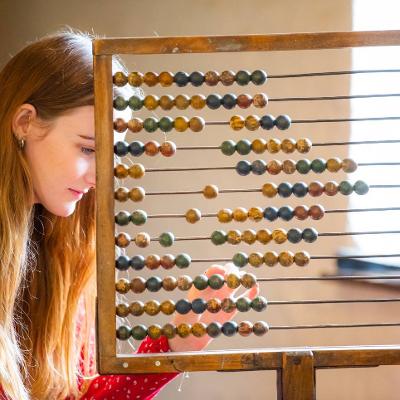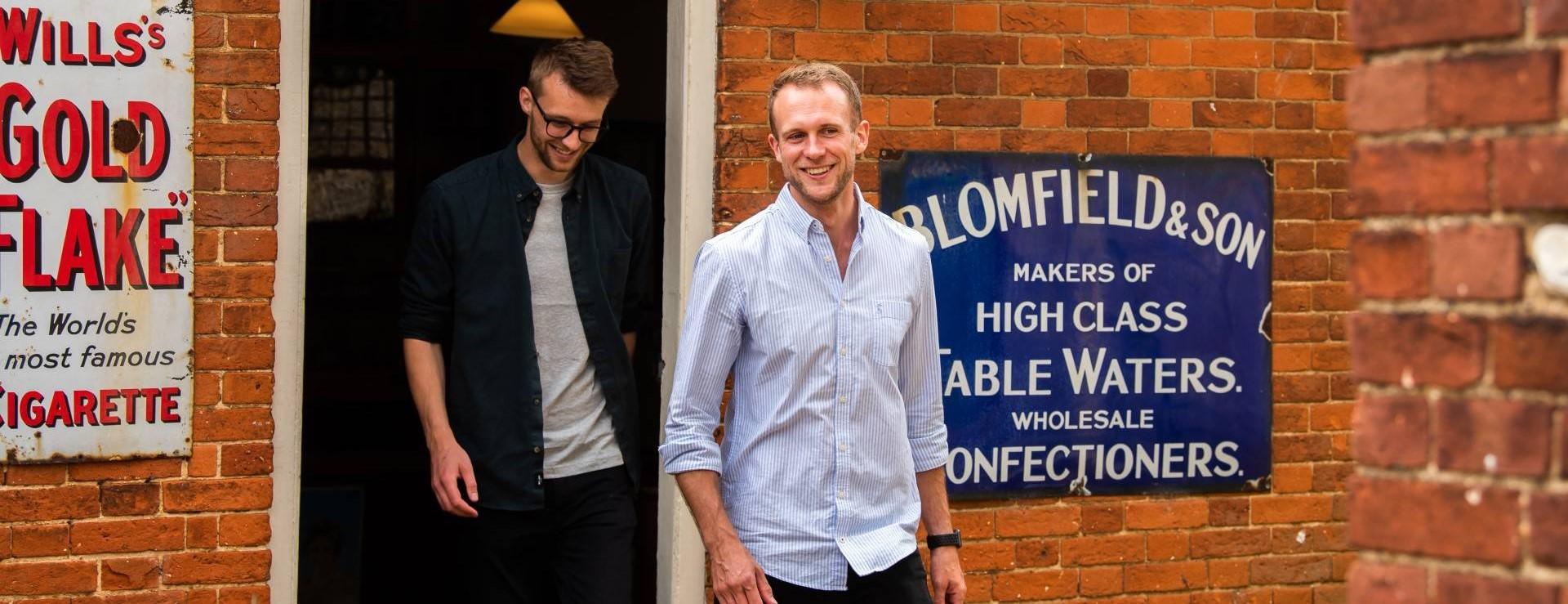Village Row shops at Gressenhall Farm and Workhouse

Step back in time and browse around the general store, stocked with household goods from times gone by. Nestled next door is the village post office, ready to accept mail or telegrams. Discover the farrier's forge and find out more about the work of the blacksmith.
Explore our fascinating recreation of a seed merchant's and discover the story of Taylor's, a local family business that produced and sold seeds from their King's Lynn shop.
The museum has an impressive collection of horticultural items, from the sorts of things you might find in anyone's shed to the weird and wonderful or just plain strange. Our collections of gardening ephemera are of regional - if not national - importance. They include complete sets of catalogues, seed pockets and advertising material relating to several companies, which provide a snapshot of gardening in Norfolk from the 1870s right through to the 1980s.
Panhard et Levassor Motor House
Norfolk's oldest working car, the Panhard et Levassor, has a fascinating history. Originally built in France, it was bought in 1899 by Charles Rolls, a keen racing driver. Later he set up the Rolls Royce company with his friend Henry Royce. Rolls drove the car in 1899. It earned the nickname the "Fire Engine" because the engine made a ringing noise at high speeds, like the bell used on early fire engines. It is maintained and run by Team Panhard.
For more information, read a brief history of the 1899 Panhard.
Cherry Tree Cottage
What we now call Cherry Tree Cottage was built in 1853 to house elderly married couples in the workhouse. This was the first sign of a relaxation of the strictly enforced segregation introduced following the 1834 Poor Law Amendment Act. The kitchen, parlour, bedroom and scullery are all furnished to give it the appearance of a typical rural home from the 1930s.
The adjacent cottage garden reveals just how a rural family of the period would have helped to supplement a low agricultural wage - a small herb patch providing flavour for the monotonous diet of vegetables and stews.
The Chapel
The chapel was built in 1868 from money raised by public subscription. With its decorative brick patterning, high leaded windows and wooden pews, the chapel is now licenced for weddings.

